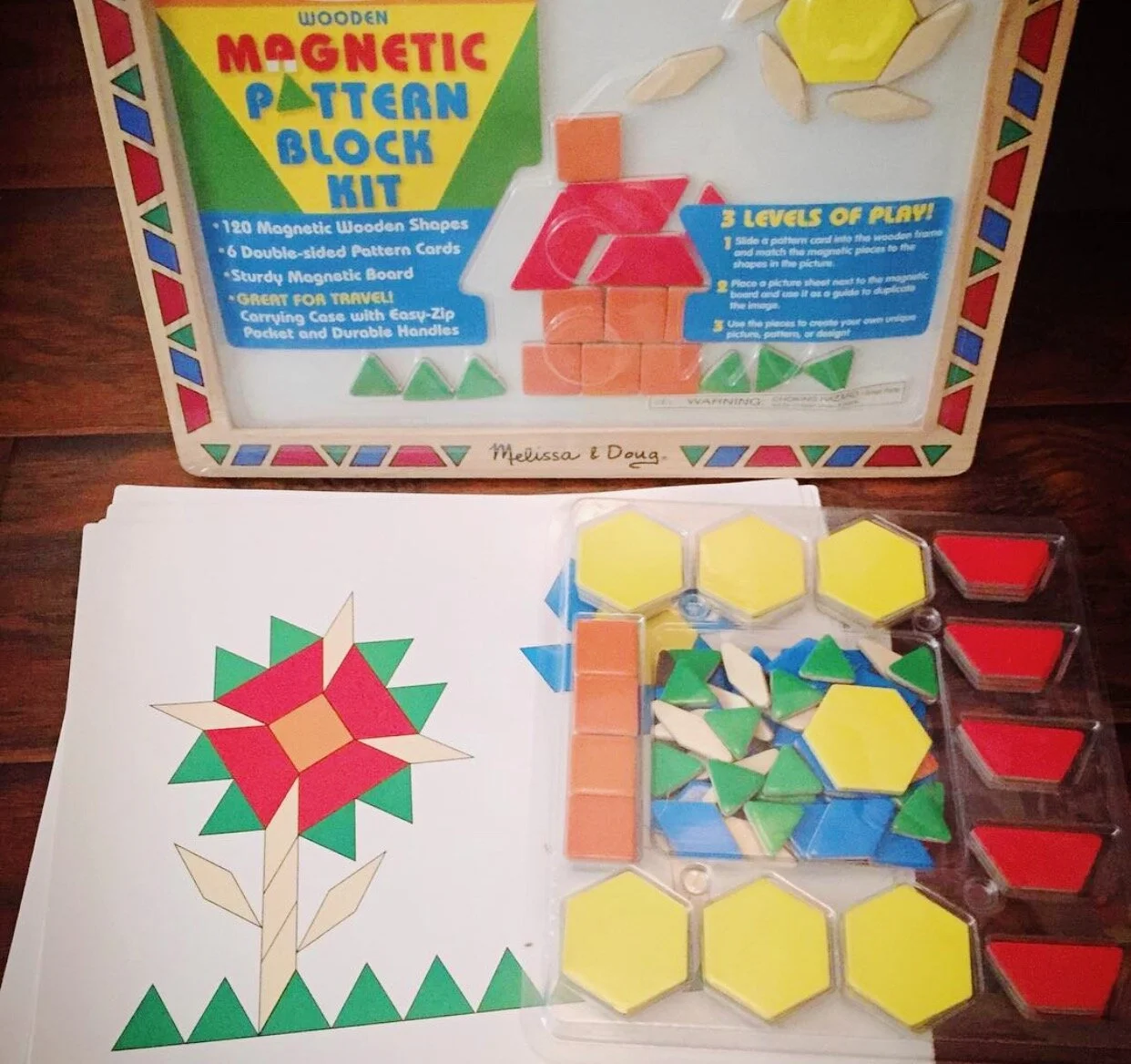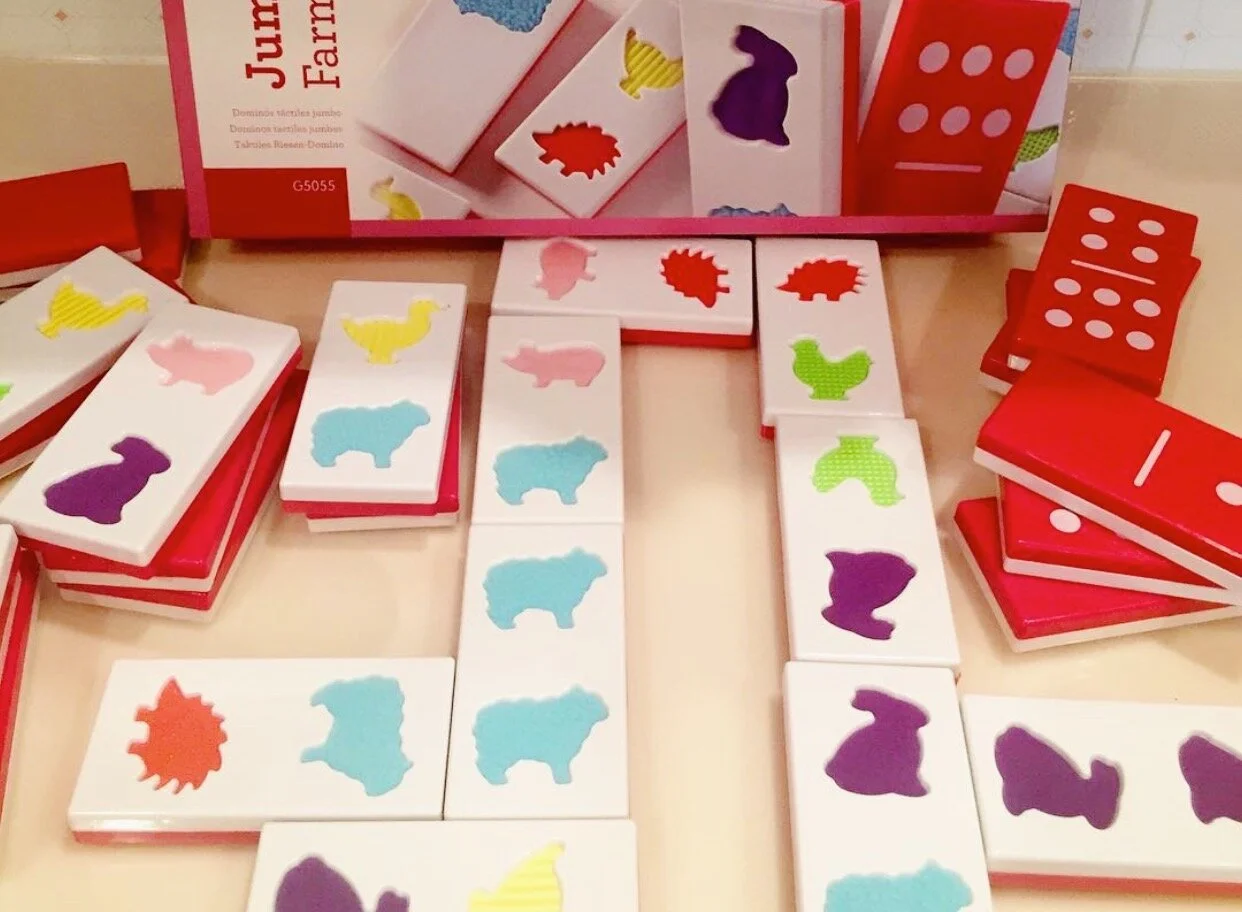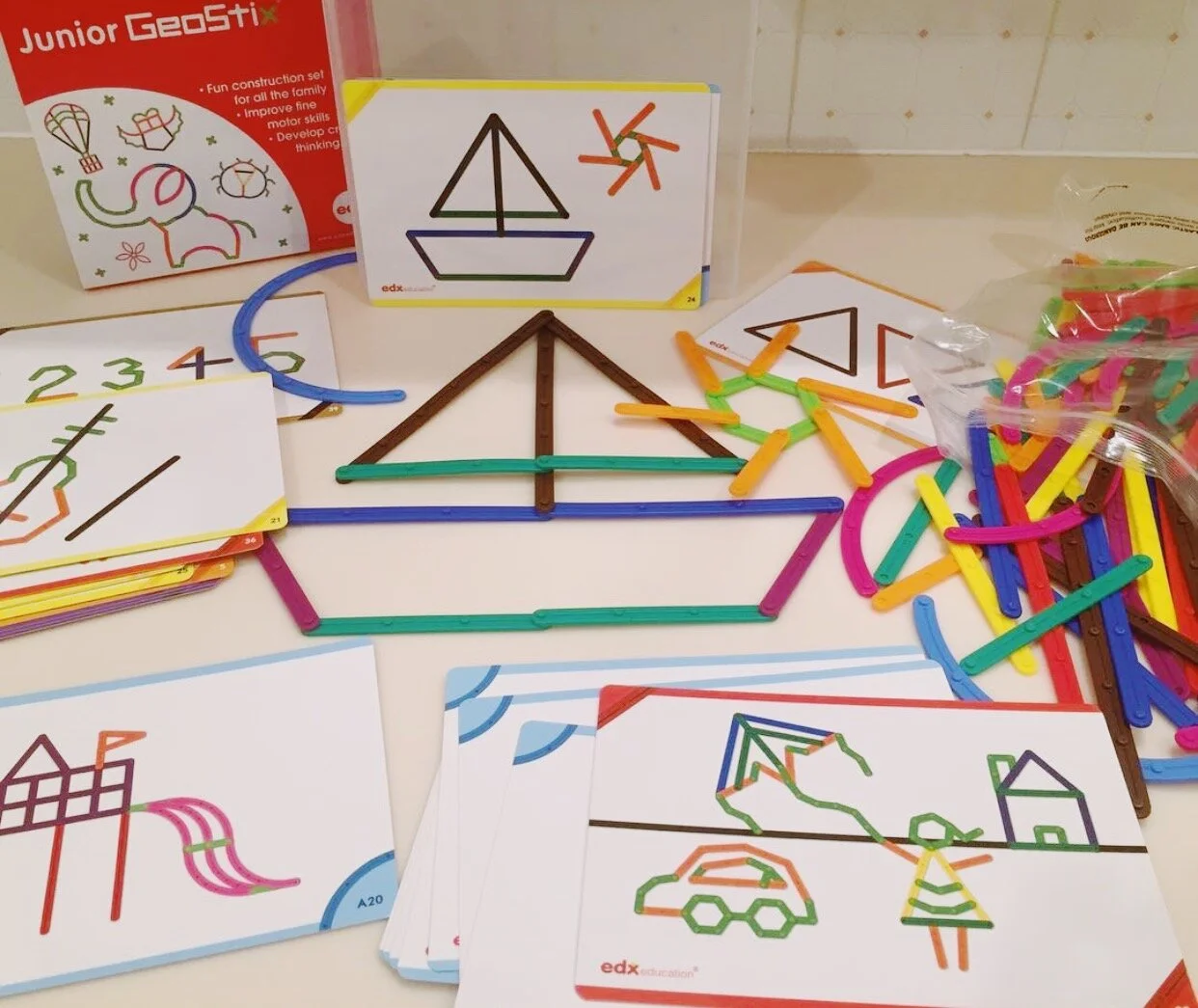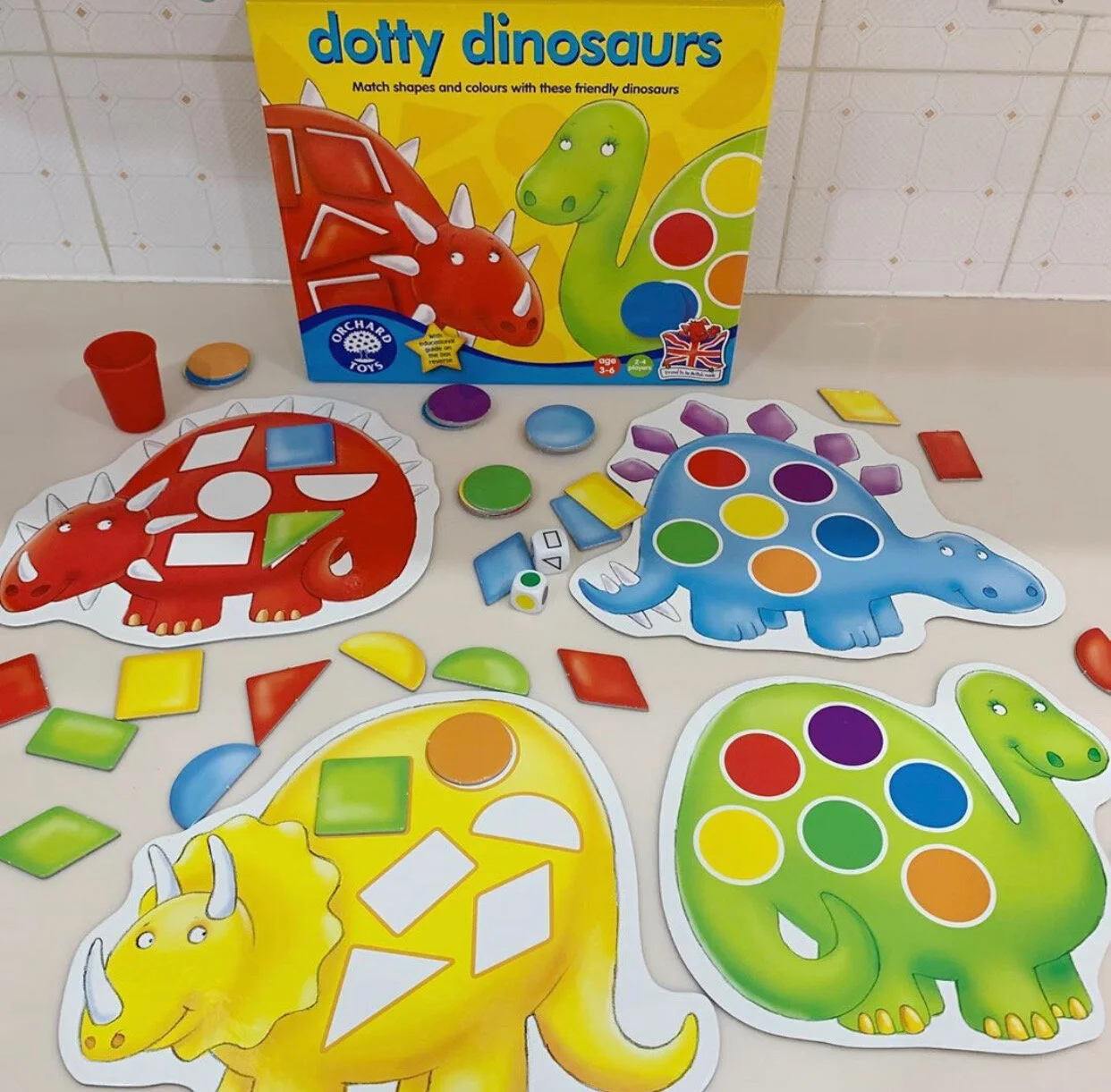Please note: I am a participant of the Amazon Services Associates Program and have included “affiliate links” for all the toys. This means that when you click the pictures or links provided and make a purchase, I receive a small commission on the toy at no extra cost to you. You can read more about the Amazon Associates Program here.
Learning to recognize and identify shapes and colors is an important cognitive skill that young children need to learn. However, as simple as the concept is, teaching it may sometimes appear tricky. So we’ve put together this post to offer some help.
The first thing to remember when teaching shapes and colors is that repetition is the best way to reinforce this skill. You can never go wrong with using books to help teach a concept. There is an amazing variety of children’s literature devoted to teaching shapes and colors to children. These are a just a few of our favorite shape and color books that you might consider checking out:
Mouse Paint and Mouse Shapes by Ellen Stoll Walsh
Brown Bear, Brown Bear, What Do You See? By Bill Martin Jr. and Eric Carle
Planting a Rainbow by Lois Ehlert
Shape by Shape by Suse MacDonald
Round is a Mooncake by Roseanne Thong
Here are a few other fun ways to help your child practice identifying shapes and colors using toys and play:
Puzzles are an excellent way to practice identifying colors and shapes while also helping to improve spatial reasoning and hand-eye coordination. Shape puzzles are especially beneficial – touching each shape while feeling and counting the edges and corners will help your child remember the shapes better.
Use shape and color words in conversation. For example, if your child is helping you cook dinner, say “Please hand me the measuring cup. Measuring cups are shaped like circles.”
Make conversation involving shapes and colors meaningful. Rather than just saying “This is yellow,” say “This is yellow like this sun. Can you think of something else that is yellow?”
Play Scavenger Hunt. See how many different colors and shapes you can find in the house, at the park, or on a walk around the neighborhood.
Play I Spy. Model how to use shape and color words to describe the object and have your child guess what you are describing. Then have them practice using these same descriptive words. “I spy a green triangle.”
Teach your child 20 questions. Tell her you are thinking of an object and have her ask questions to guess what it is. Encourage her to ask yes or no questions involving shape and color.
Practice building shapes out of Play-Doh or other art supplies. Have her create Shape Art by giving her construction paper cut into a variety of shapes and see what designs she can make with them. When she is finished, ask her to tell you about her picture, including what shapes she used.
Incorporate art projects, especially painting, into your routine. Painting beautiful masterpieces will help her remember the colors. You can also experiment with mixing paints to see what new colors she can make.



